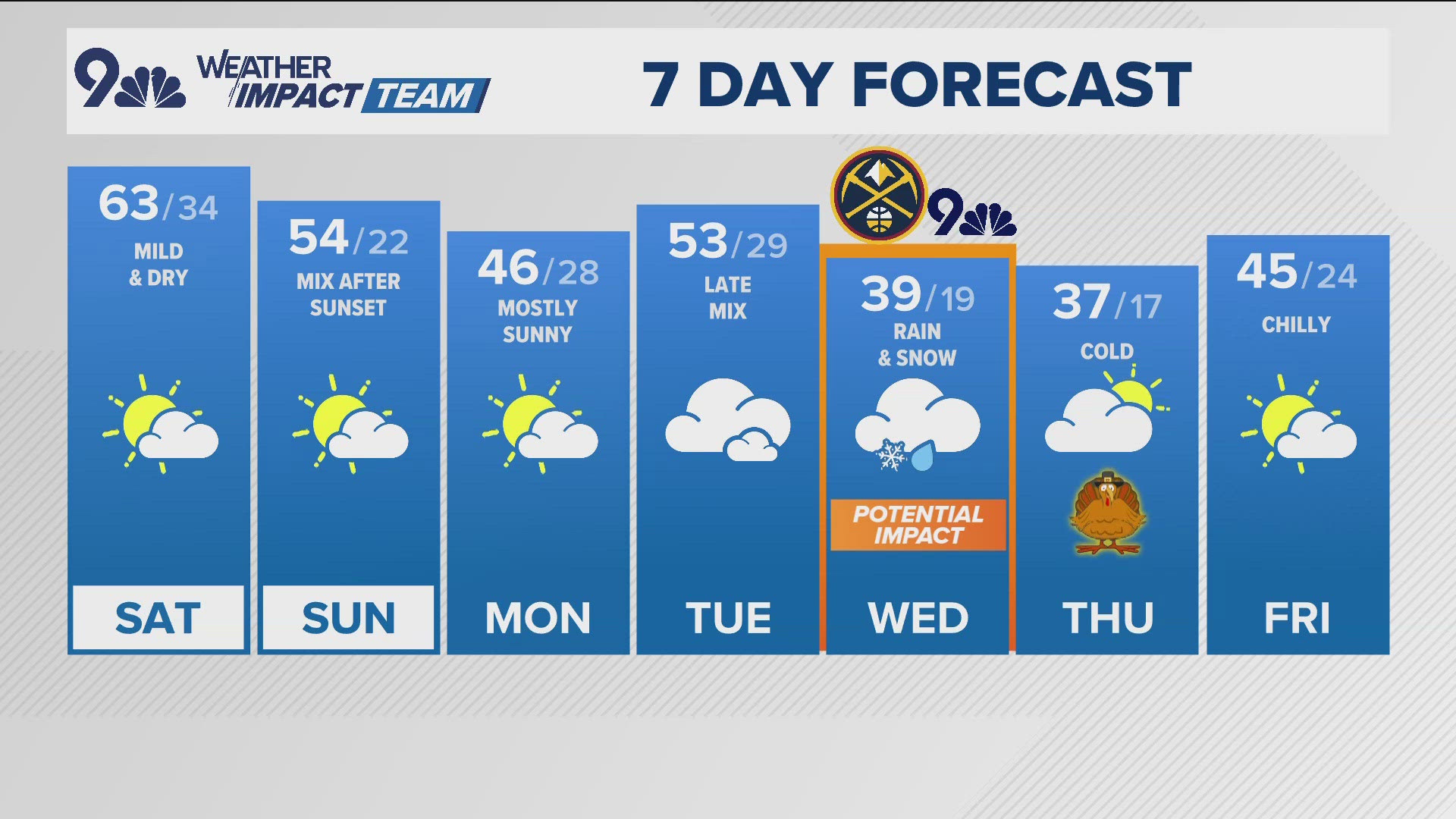Each spring we start talking about severe weather almost daily here in Colorado.
But what exactly does that term mean?
RELATED: How severe weather happens
According to the National Weather Service, there are five specific types of weather that can qualify as "severe." They are tornadoes, floods, lightning, hail and wind.
Tornadoes
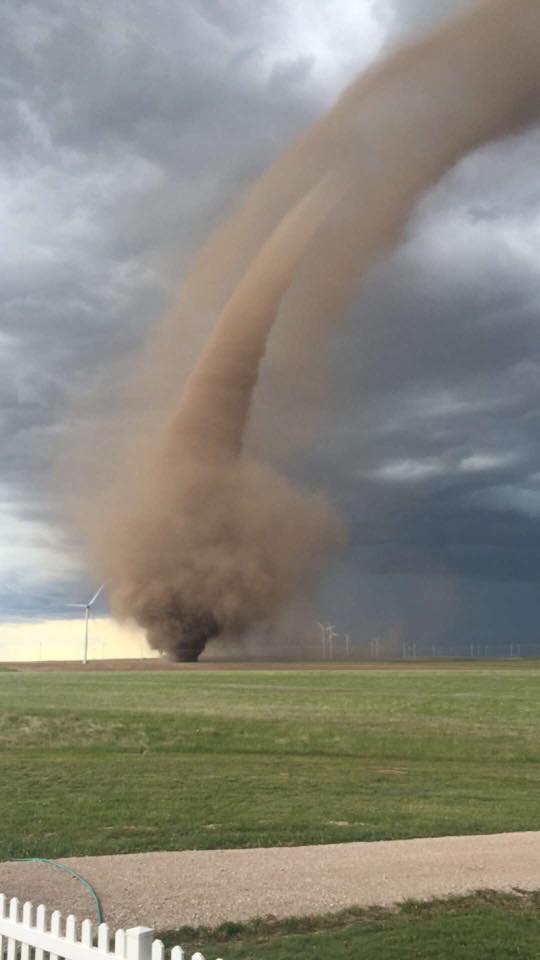
A tornado is defined by the National Weather Service as "a violently rotating column of air, usually pendant to a cumulonimbus, with circulation reaching the ground."
That last part of the definition is key. For it to be a tornado, it has to reach the ground. Nearly all tornadoes start as funnel clouds, but not all funnel clouds will become a tornado.
A tornado watch is issued by the NWS when they determine that weather conditions are favorable for the formation of tornadoes. They usually last for a long time, cover a large area and begin well before any tornadoes or other severe weather begin.
A tornado warning is issued if a tornado is indicated by radar or reported by weather spotters. They are generally for a much smaller area and only last for about 30 minutes. If a tornado warning is issued in your area, you should seek shelter immediately.
RELATED: What to do in a tornado warning
Floods
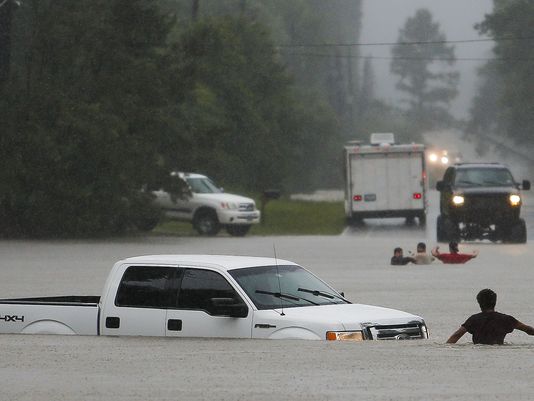
Though there are many types of flooding that can come with severe weather season, the most dangerous are flash floods. When there is heavy rainfall in a short period time, usually less than 6 hours, flash flooding can occur.
The National Weather Service will issue a flash flood warning when the flooding is already occurring or imminent. A flash flood watch means that conditions are favorable for a flash flood and those in the area should keep a close watch.
Another type of flood warning you may hear is an urban and small stream flood advisory. This means that heavy rain are expected to cause rural and urban streams to overflow causing streets and low-lying areas around to flood. These floods are not expected to be life-threatening but could cause some damage to homes and roads.
Lightning
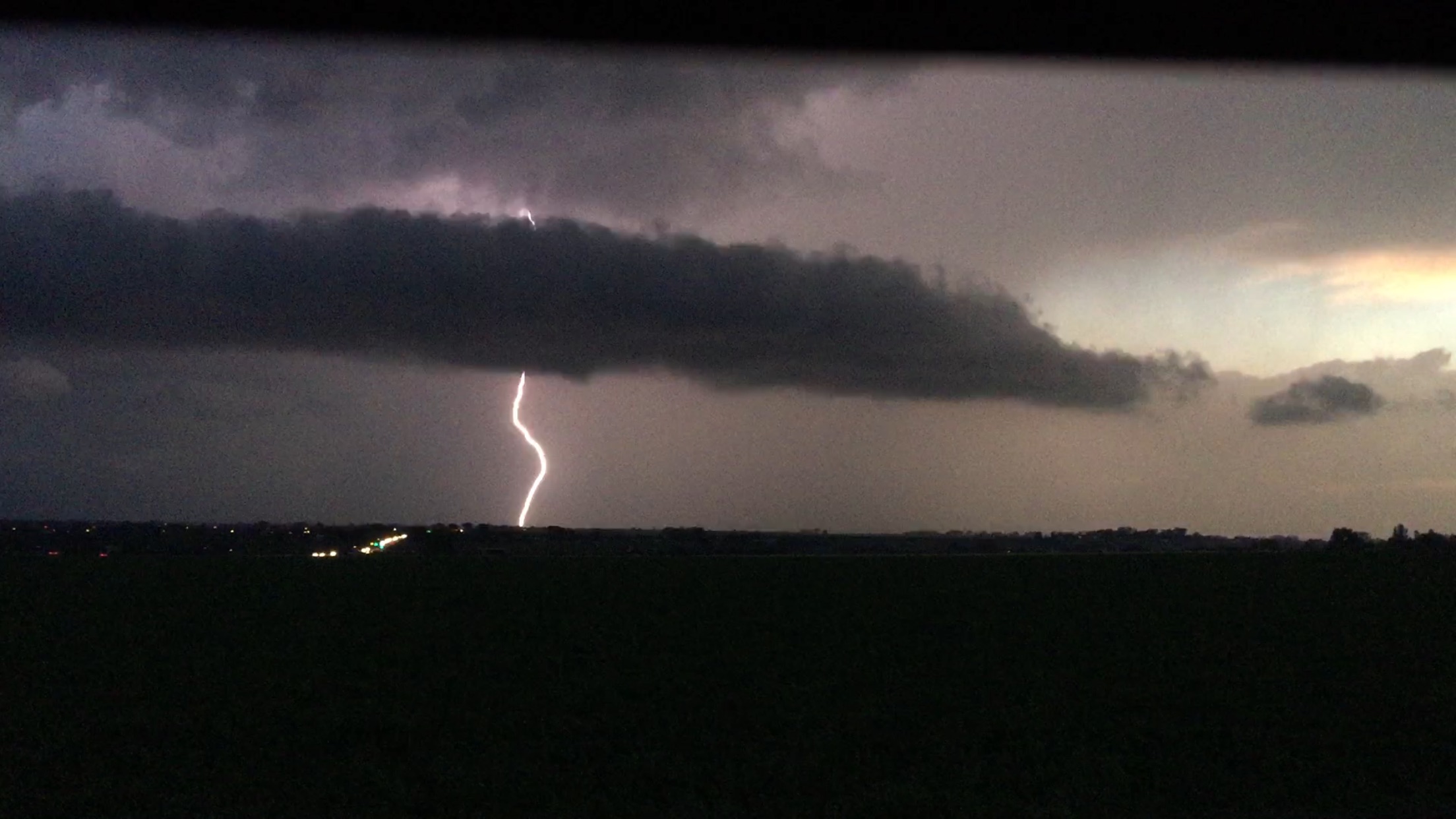
Each year, across the country more than 400 people are struck by lightning, according to the National Weather Service. On average, between 55 and 60 of these people are killed. And Colorado is the third most dangerous state for lightning strikes.
Anytime you hear thunder, you are close enough to be struck by lightning. The only true way to stay safe is to seek shelter indoors.
Hail
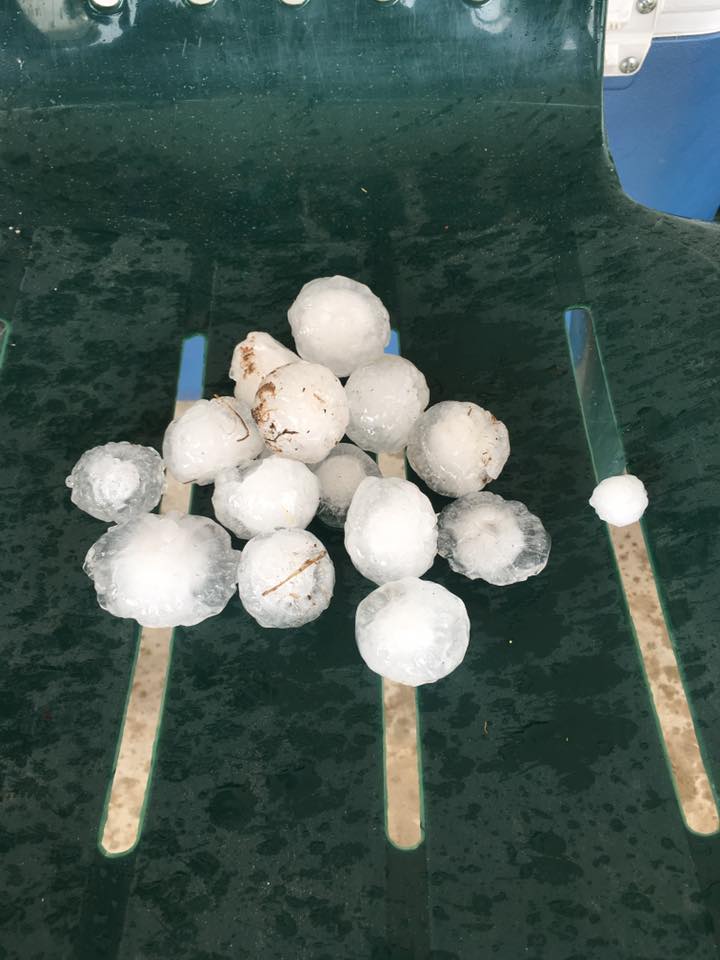
According to the National Weather Service, a thunderstorm is considered severe when winds reach at least 58 mph and/or contains hail at least 1" in diameter. When these conditions are met, the NWS will issue a severe thunderstorm warning.
RELATED: How is hail formed?
In Colorado, hail damage tops the list when it comes to severe weather-related insurance claims filed in the state. In fact, Colorado rank second in the nation for all hail insurance claims.
Wind
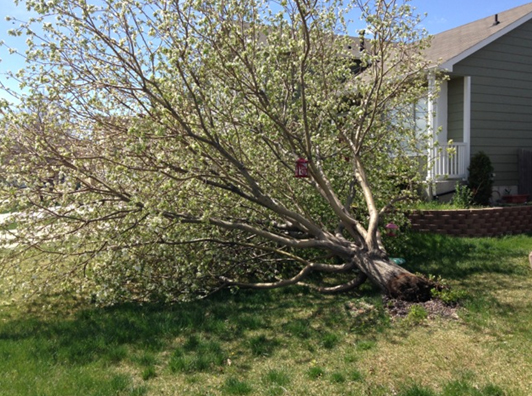
The most damaging types of wind are downbursts: strong, downward-moving current of air. One type of downburst, a microburst, can reach speeds of up to 168 mph.
Downbursts are often mistaken for tornadoes, but occur much more frequently than tornadoes do. For every tornado there are about 10 downburst damage reports, the National Weather Service said.


